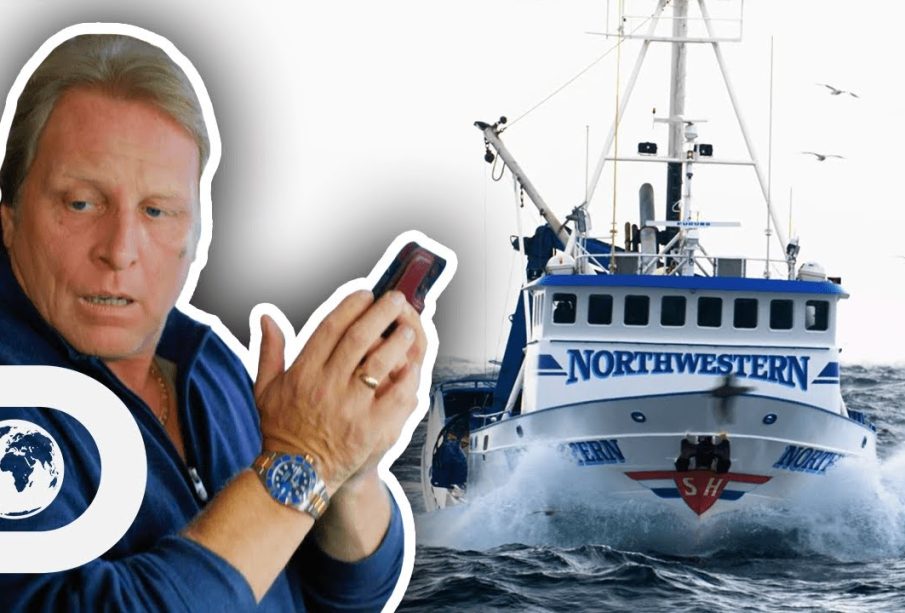The Risks and Rewards of Deadliest Catch

Introduction
The reality television series Deadliest Catch has captivated viewers since its debut in 2005, showcasing the perilous world of Alaskan crab fishing. This gripping series highlights not only the physical challenges of the job but also the mental toughness required to work in some of the most treacherous waters on Earth. Understanding the realities behind the show provides insight into the dangers faced by the crew and the significance of their work.
The Dangers of Crab Fishing
Filmed in the Bering Sea off the coast of Alaska, Deadliest Catch follows several fishing crews as they brave extreme weather conditions, including freezing temperatures, high winds, and massive waves. According to the U.S. Coast Guard, commercial fishing ranks as one of the most dangerous professions in the country. Statistics show that the fatality rate in this industry is significantly higher than in even the military or mining sectors. Each season, crews face the potential of capsizing, hypothermia, and accidents related to heavy equipment and gear.
Impact on Fishermen and Their Communities
Beyond the immediate dangers, the show delves into the personal stories of the fishermen. The emotional and physical toll of living on the edge affects not just the crew but their families too. Fishermen generally spend long weeks at sea, returning home to families who bear the weight of uncertainty regarding their safety. Moreover, the local economy in regions like Dutch Harbor, Alaska, heavily relies on the fishing industry, and the concerns of safety and sustainability have become pivotal discussions as the industry evolves.
Dramatic Changes Over the Years
In recent seasons, Deadliest Catch has adapted to changes in the fishing landscape, highlighting issues such as changing ocean temperatures, stock depletion, and environmental concerns. Fishermen are now faced with new challenges that impact their livelihoods, including regulations aimed at sustainability. The resilience of the crews in the face of these obstacles not only makes for compelling television but also raises awareness about the realities of marine conservation and the difficulties of adapting to change.
Conclusion
Deadliest Catch serves as more than just entertainment; it is a sobering reminder of the high stakes involved in commercial fishing. As the population of seafood-eating consumers continues to rise, understanding these challenges is crucial for future sustainability. The show illustrates the unique connection between the crews, the sea, and the communities that depend on this industry. As audiences look forward to future seasons, they will undoubtedly continue to root for the fishermen who risk it all in pursuit of their catch.





